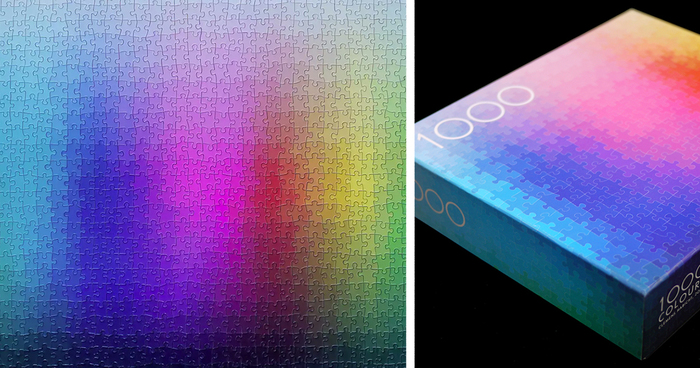
1000-Piece CMYK Color Gamut Jigsaw Puzzle By Designer Clemens Habicht
You’d think that everything that could be done with jigsaw puzzles has already been done, but artist and designer Clemens Habicht has reimagined this classic pastime by getting people to reassemble colors rather than shapes – 1,000 colors, to be exact.
His 1000 COLOURS puzzle follows a CMYK color gamut, which is one method by which printers achieve their colors. Though some of the colors are nearly imperceptibly different from each other, Habicht says the puzzle is actually easier than assembling a specific image; “Unlike ordinary puzzles where you are in effect redrawing a specific picture from a reference, you have a sense of where ever piece belongs compared to ever other piece. There is a real logic in the doing that is weirdly soothing, therapeutic.”
Habicht agreed to answer a few questions Bored Panda had about his work, so read on below for more!
More info: puzzle.lamingtondrive.com | clemenshabicht.com | Tumblr (h/t: colossal)
“The idea came from enjoying the subtle differences in the blue of a sky in a particularly brutal jigsaw puzzle, I found that without the presence of image detail to help locate a piece I was relying only on an intuitive sense of colour, and this was much more satisfying to do than the areas with image details.”
“The puzzle is 1,000 individual solid block colour tiles rather than a smooth gradient. In theory, inside the CMYK gamut there is an infinite number of colours, but its inside that printable range,” Clemens Habicht told Bored Panda.
“You could make a 10,000 piece puzzle with the same gamut. There would just be more tiles and they would resemble each other more”
“Kind of like how a map of the globe can be reproduced flat when it’s really a sphere, the CMYK gamut is actually more a three dimensional space once you consider all the tones and tints”
We’d like to thank Clemens Habicht for talking to us about his puzzle and the CMKY color gamut.
74Kviews
Share on FacebookExplore more of these tags
this puzzle seems to be mission impossible :D I think there are some better Christmas gifts http://bit.ly/1zicJiD
this puzzle seems to be mission impossible :D I think there are some better Christmas gifts http://bit.ly/1zicJiD

 Dark Mode
Dark Mode 

 No fees, cancel anytime
No fees, cancel anytime 



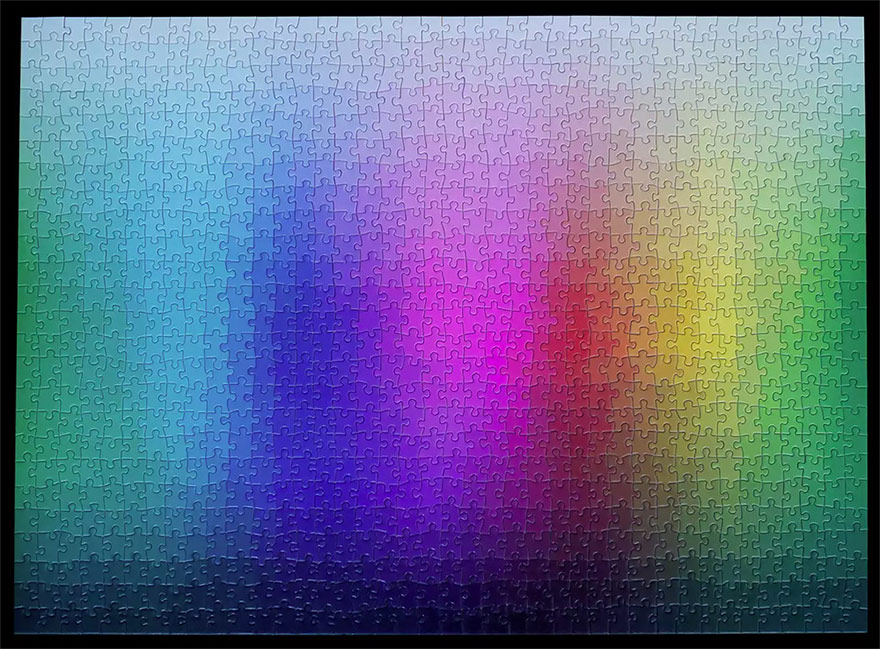
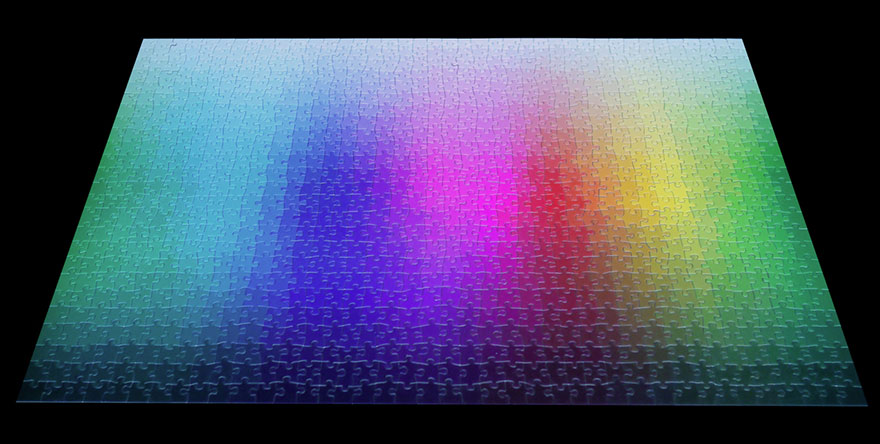
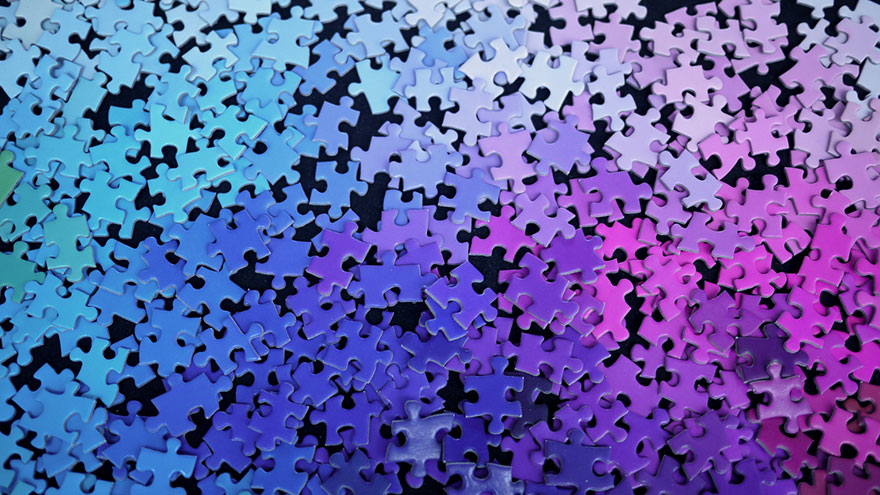
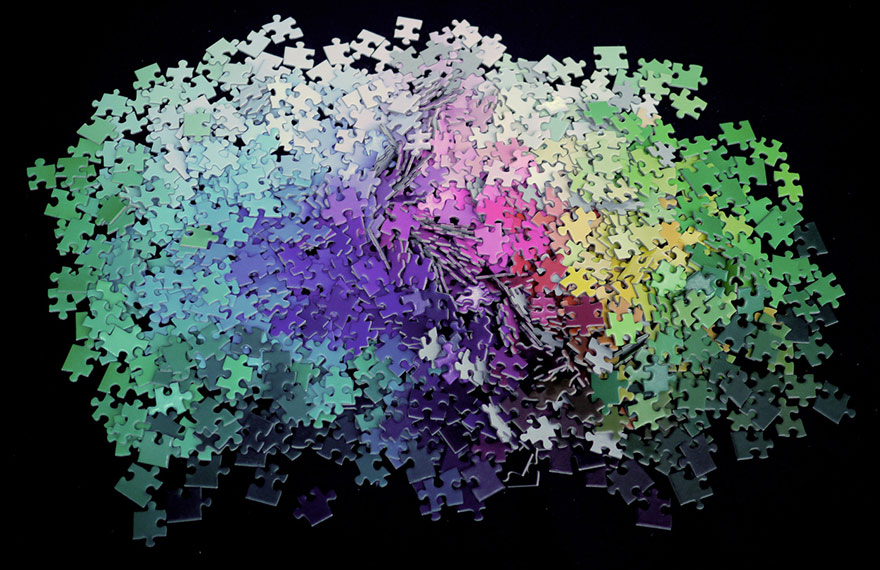
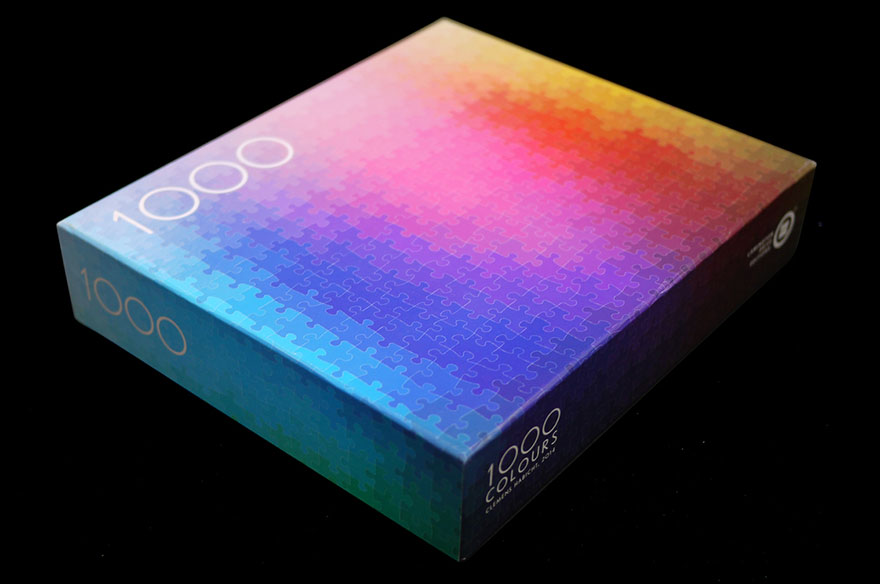





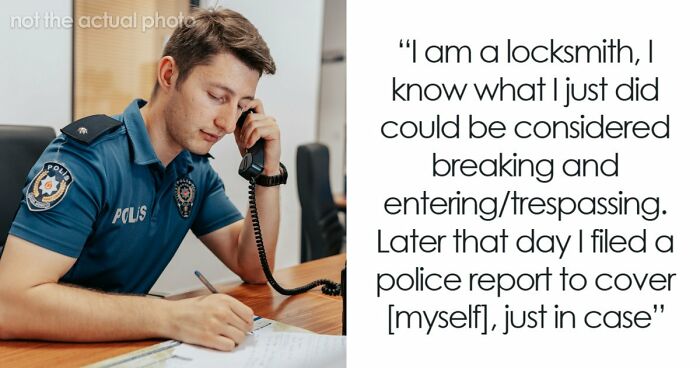
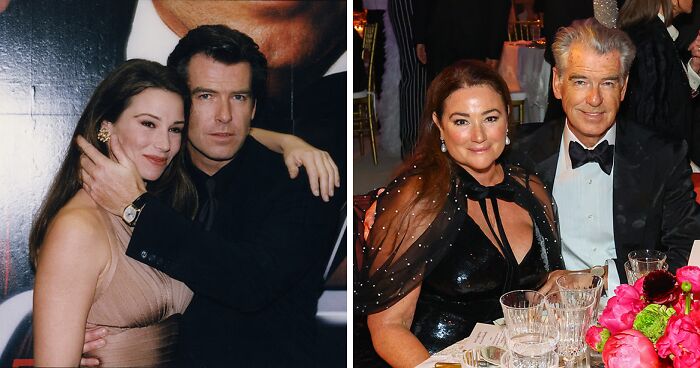
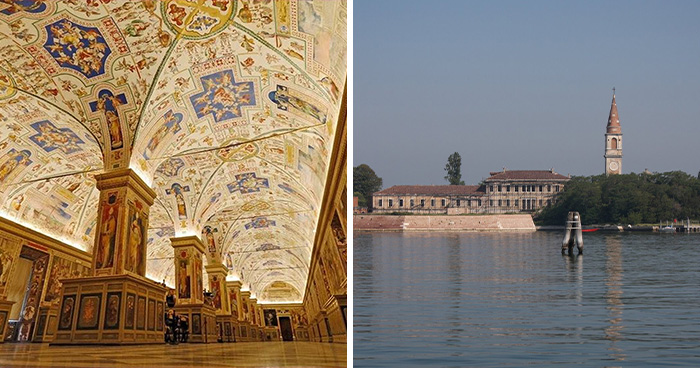

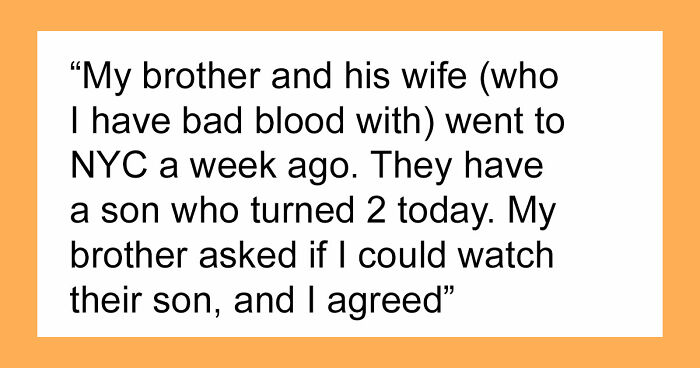


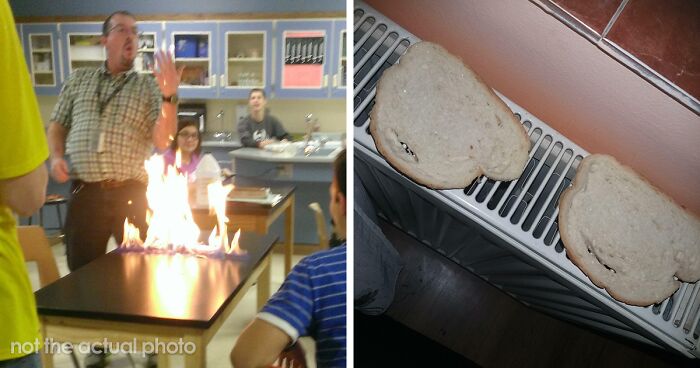

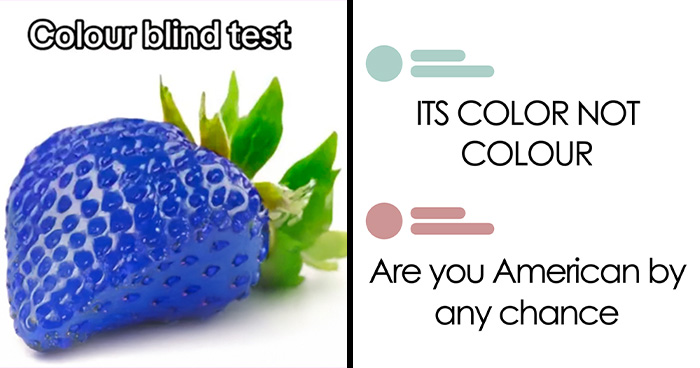

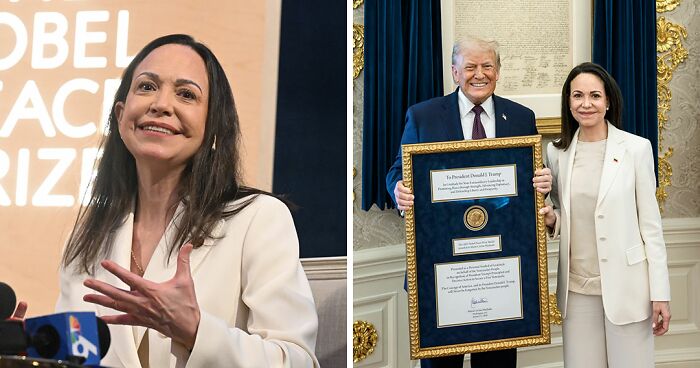



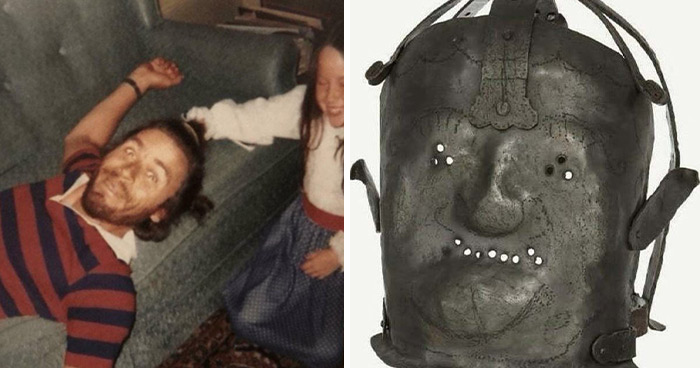

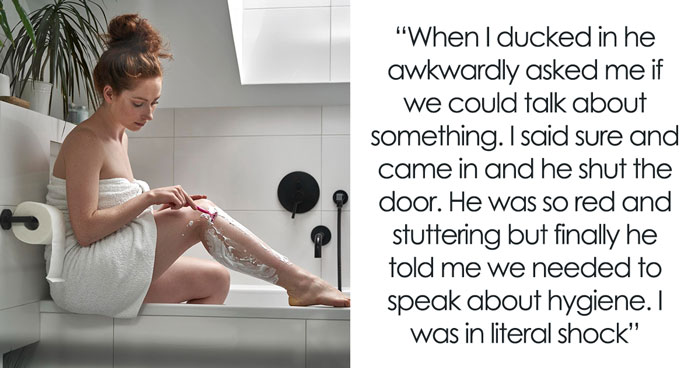

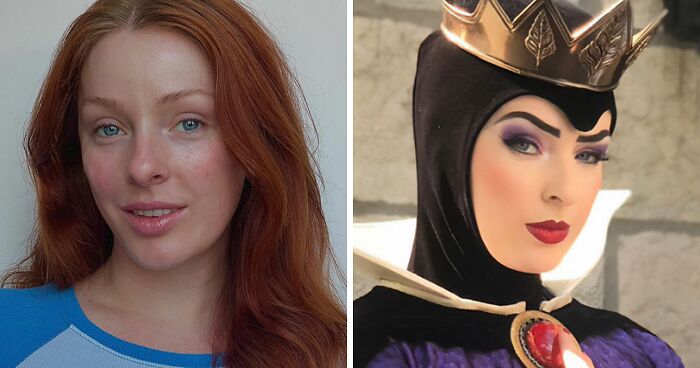
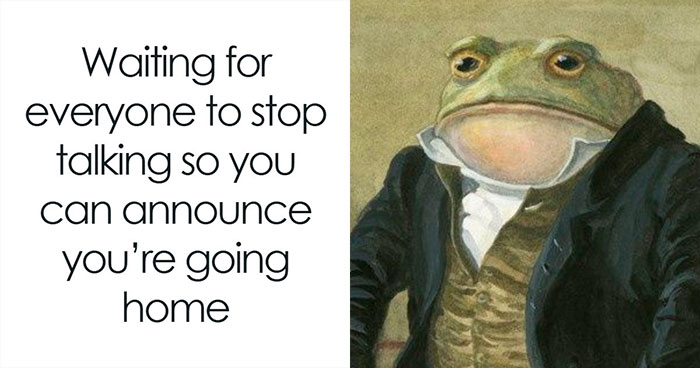

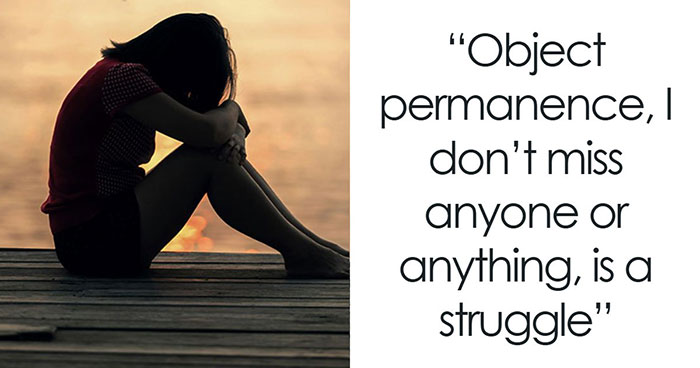
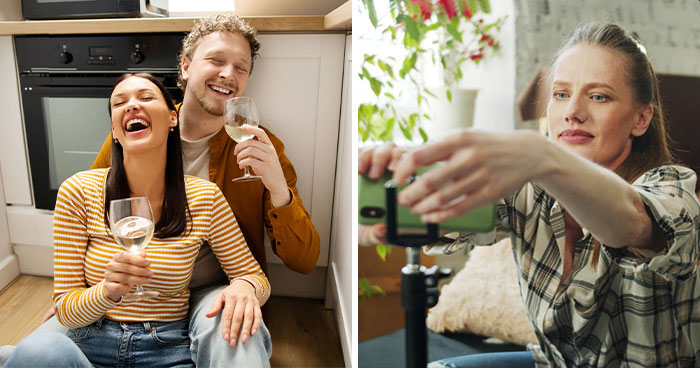

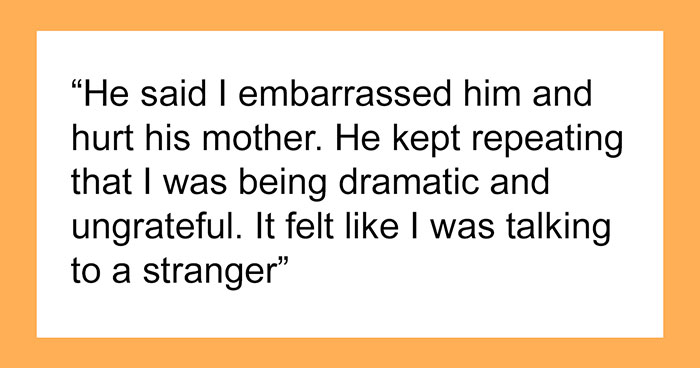

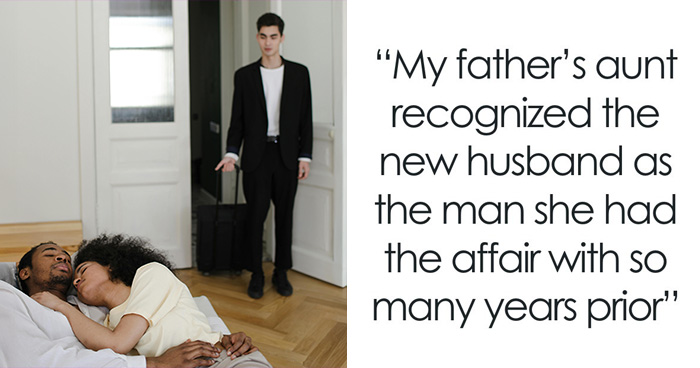
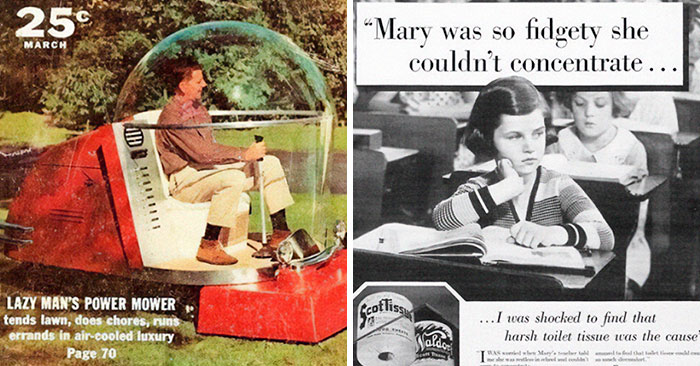




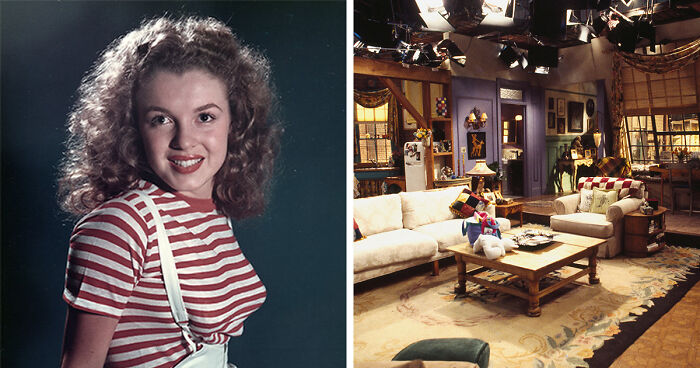

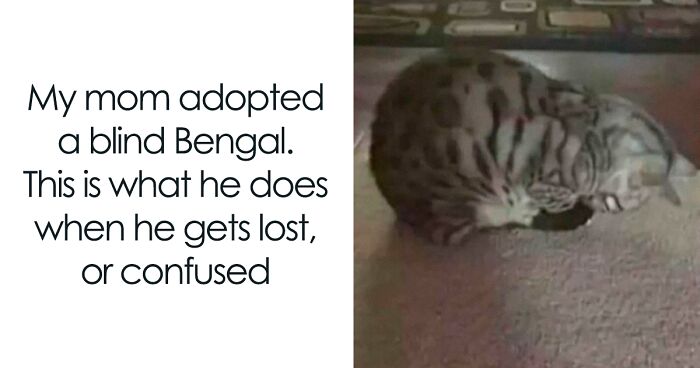

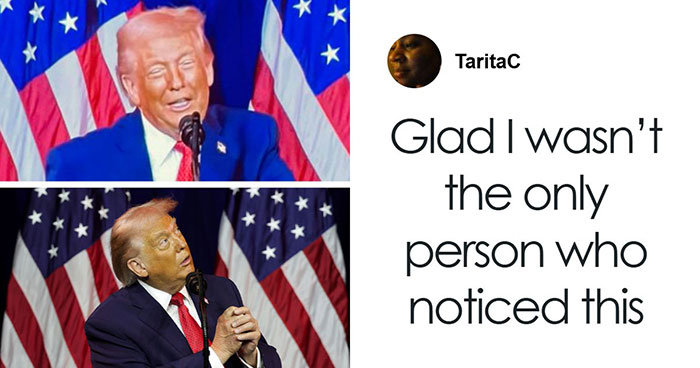
62
20